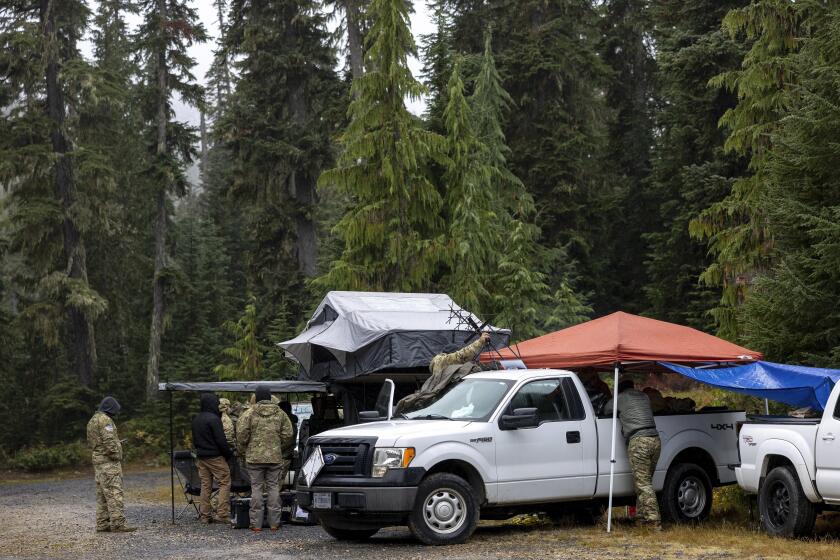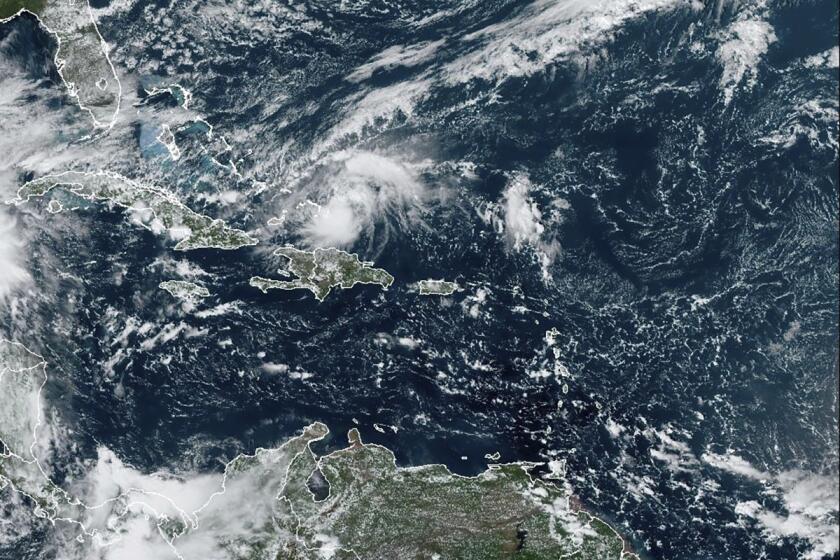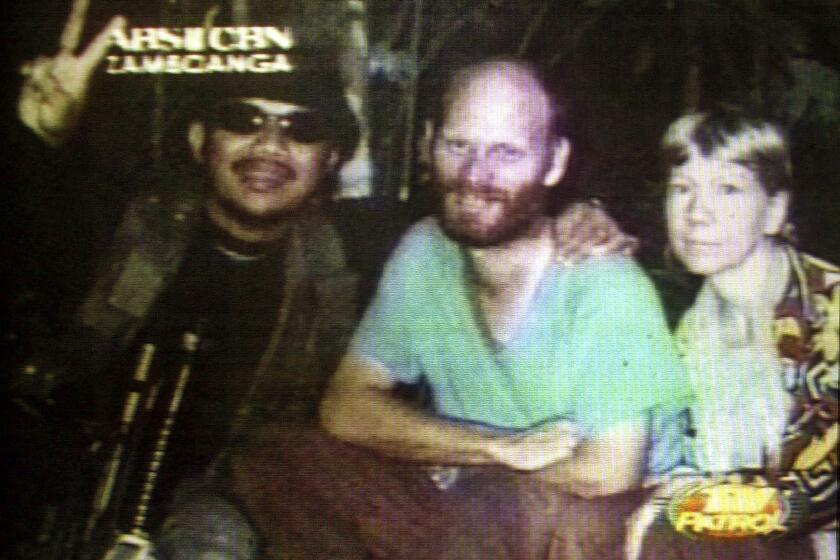Weinberger’s ‘Kinetic Kill’ of Hopes for Effective Defense
Defense Secretary Caspar W. Weinberger’s rash move toward the deployment of a “Star Wars” defense is evidence of the bankruptcy of the Administration’s thinking. Lacking an understanding of either President Reagan’s utopian vision of a defended world or today’s realities, the Weinberger military Establishment is racing to abandon the ABM treaty, the one remaining arms-control agreement in force between the United States and the Soviet Union. A decision this year to proceed with some form of defense against ballistic missiles would eliminate the option to conclude meaningful arms-reduction agreements with the Soviets and spark a new race in both offensive and defensive missiles.
A Soviet Strategic Defense Initiative would, according to Weinberger, pose the threat of “United States vulnerability juxtaposed with Soviet immunity”--an intolerable situation. Similarly, the Soviets would regard the Weinberger version of an SDI deployment as an American attempt to gain strategic superiority by constructing a space shield behind which a first-strike sword could be brandished. Showing somewhat better understanding of the problem, Reagan has often warned that defensive deployments coupled with high levels of offensive missiles would be dangerously destabilizing.
The Weinberger system is based on a combination of space-based “kinetic kill vehicles” (KKVs) plus a ground-based layer of ERIS long-range rockets. A space-based KKV interceptor would weigh about 400 pounds and have a maximum speed of 6 miles per second. If fired from its space garage at exactly the instant that an SS-18 missile left its Siberian silo, the American interceptor could cover only 1,800 miles during the SS-18’s boost phase. In fact, the defense would have to wait until the attacking missile appeared above most of the atmosphere and was on a well-defined course, reducing the effective range of the interceptor to about 1,200 miles.
The Soviet Union has 1,400 or so ICBMs. We would need about 25,000 interceptors, and about 300 launches to put them into orbit, in order to have two KKVs for each target (in case one misses) continuously within range of each Soviet missile. This would give the United States a defense system of daunting complexity and technical fragility.
The Soviets would not, however, use SS-18s against the U.S. defense system. They would switch to missiles such as the MX or their own SS-24, which are powered for only about three minutes, or to “fast-burn” missiles, which take only a minute to reach their maximum velocity and are almost invisible to KKVs thereafter.
The Weinberger system would have to be enlarged almost 25 times to cope with fast-burn boosters as compared to the present threat. Instead of costing the $100 billion estimated by Air Force Lt. Col. S.P. Worden, a system such as Weinberger proposes but effective against obvious Soviet next steps might wind up costing $2.5 trillion --not counting cost overruns. The Soviets would not have to spend $2.5 trillion to replace their present-generation ICBMs.
The Soviets need less than 10 years to go from concept to hardware, which is less time than the deployment of Weinberger’s SDI would take. It would take still less time to convert a substantial number of existing Soviet nuclear anti-aircraft missiles into anti-satellite missiles designed to clear Soviet skies of American interceptors. It is military foolishness to develop a system for which there are well-understood and simple countermeasures.
The Soviets could have five or six times as many warheads as missiles and up to 10 times as many decoys as warheads. Eighty thousand ERIS missiles may be needed to be sure of having them where we need them, when we need them--particularly when fast-burn boosters defeat space- based KKV weapons.
Interceptors like ERIS are easy to trick with simple decoys. So the United States must either build enough interceptors to shoot at every possible target in an attack, or it must discriminate real warheads from decoys--often considered the toughest job that SDI faces. Nothing is in sight that could help ERIS by the end of the century.
Any deployment decision made today is a transparent attempt to bind the next President to the most hawkish strategic theories by scuttling the ABM treaty and preventing arms reductions. Weinberger proposes to sacrifice Reagan’s long-term vision of future technologies that might eventually provide a truly effective defense, improbable as such technologies appear to qualified scientists today. Instead, Weinberger would substitute quick but expensive fixes that promise only a new arms race, more Soviet missiles and less security.
This is admittedly an attempt to “consolidate” SDI, protecting it from policy changes by the next President and from probable funding cuts to be imposed by the 100th Congress. However, Congress has funded research in strategic defenses for more than 20 years--basic research that has not yet borne fruit but might do so in the next century if continued. It won’t, if starved to pay for a plan that bankrupts the defense budget and diminishes our security.
More to Read
Sign up for Essential California
The most important California stories and recommendations in your inbox every morning.
You may occasionally receive promotional content from the Los Angeles Times.










